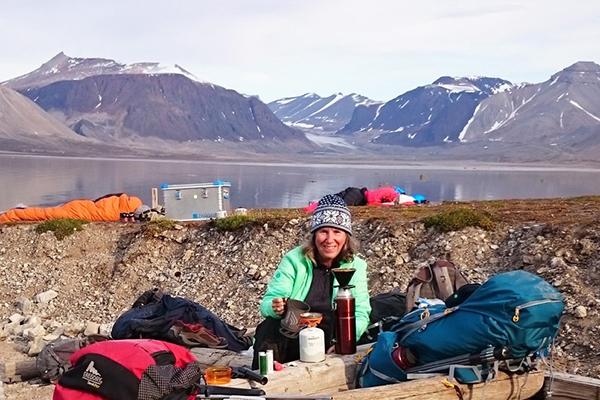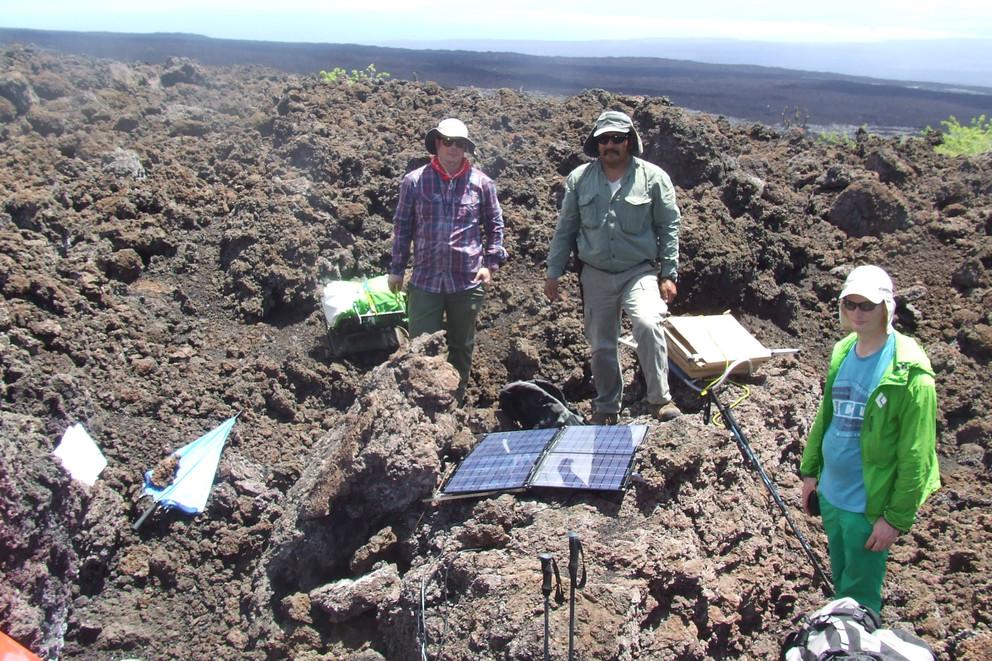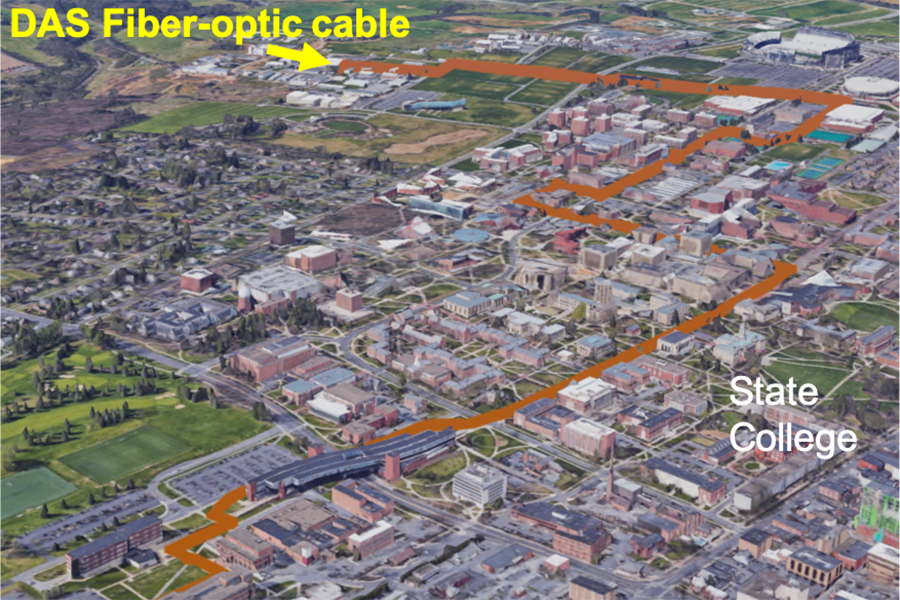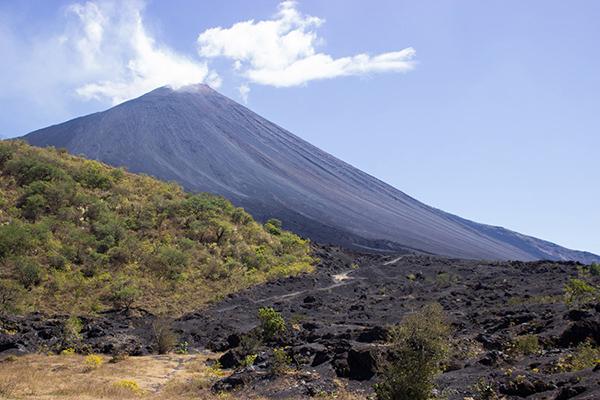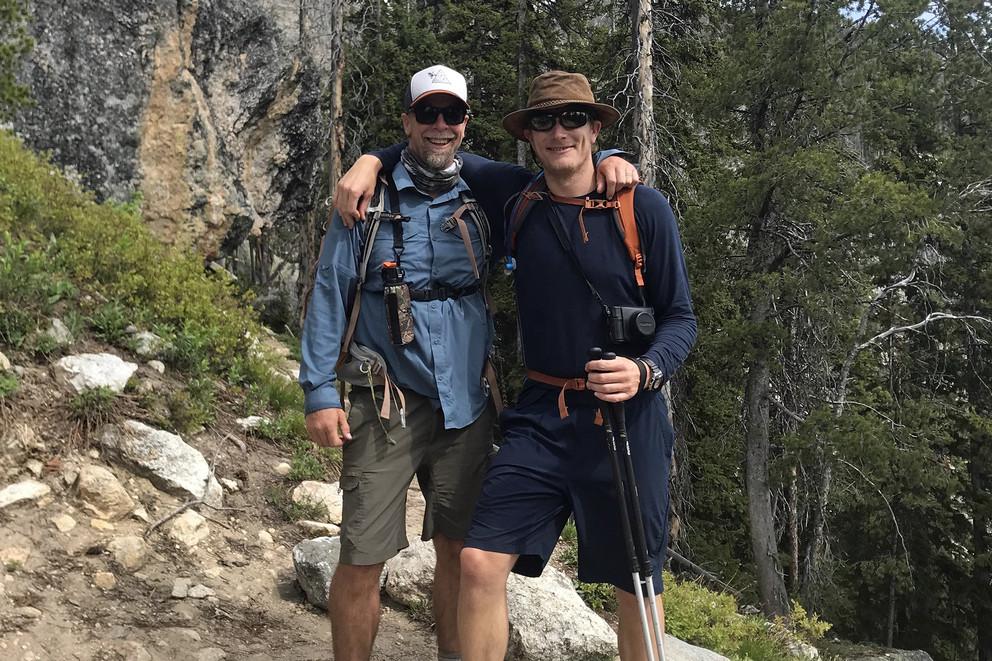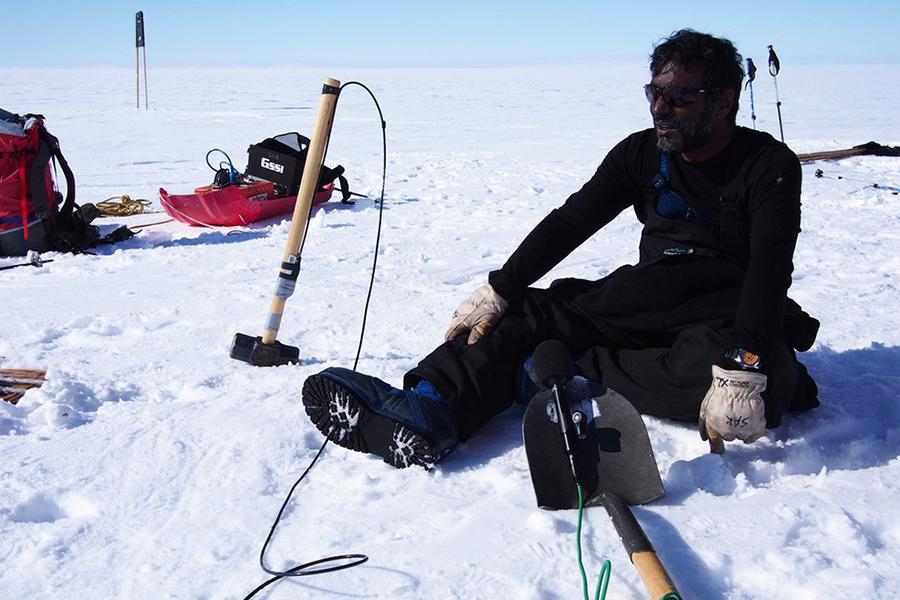Edward Spagnuolo has always been stuck in the past.
As a child, he dreamed of dinosaurs and hunting for fossils buried in the ground. He never outgrew the phase, and he eventually chased his dream to Penn State. Now a junior majoring in geobiology, Spagnuolo has found a new avenue for pursuing his passion – fossil leaves.
Marilyn Fogel, who graduated in 1973 with a degree in biology, may have come to Penn State for the football games, but she left with an appreciation for the interdisciplinary research that would define her career.
There’s an old adage that goes if you can instill in someone a piece of advice, a bit of knowledge, then through them that lives forever. What you started passes on through generations.
That’s fitting for the life and legacy of former Penn State geoscientist Al Guber, who died in January after leaving a lasting mark for decades on his students.
The wrong type of earthquake in an area where there should not have been an earthquake led researchers to uncover the cause for this unexpected strike-slip earthquake — where two pieces of crust slide past each other on a fault — in places where subduction zone earthquakes — one geologic plate slipping beneath another — are common.
In its first weeks on Mars, NASA’s Perseverance rover has captured dazzling highlights, from video of its own dramatic landing to the first audio recordings from the red planet, the sounds of wind blowing and the rover’s laser zapping rocks.
Hours before the 2018 eruption of Sierra Negra, the Galápagos Islands’ largest volcano, an earthquake rumbled and raised the ground more than 6 feet in an instant. The event, which triggered the eruption, was captured in rare detail by an international team of scientists, who said it offers new insights into one of the world’s most active volcanoes.
Fiber-optic cables run underneath nearly all city grids across the United States and provide internet and cable TV to millions, but what if those systems could also provide valuable information related to hazardous events such as earthquakes and flooding? A team of researchers at Penn State have found they can do just that.
Landslides caused by the collapse of unstable volcanoes are one of the major dangers of volcanic eruptions. A method to detect long-term movements of these mountains using satellite images could help identify previously overlooked instability at some volcanoes, according to Penn State scientists.
Jesse Reimink remembers the first time someone planted the Earth science seed that for him blossomed into a career in the geosciences.
Nearly two decades ago, Reimink was a high school student of Chris Bolhuis, a nationally recognized teacher with a passion for promoting Earth science education. Reimink, now an assistant professor of geosciences at Penn State, said Bolhuis gave him that sense of wonderment about the world we live in and it inspired him to both teach and conduct research.
No other glacier has received as much attention in recent years from the scientific community as West Antarctica’s Thwaites Glacier. The glacier sits mostly on land, which means that melt from the glacier will cause sea levels to rise. Sridhar Anandakrishnan, professor of geosciences at Penn State, will give an overview of Thwaites Glacier and discuss the prospects for sea-level rise from this and similar glaciers at 11:15 a.m. Wednesday, Jan. 27. The talk will be broadcast via Zoom.



